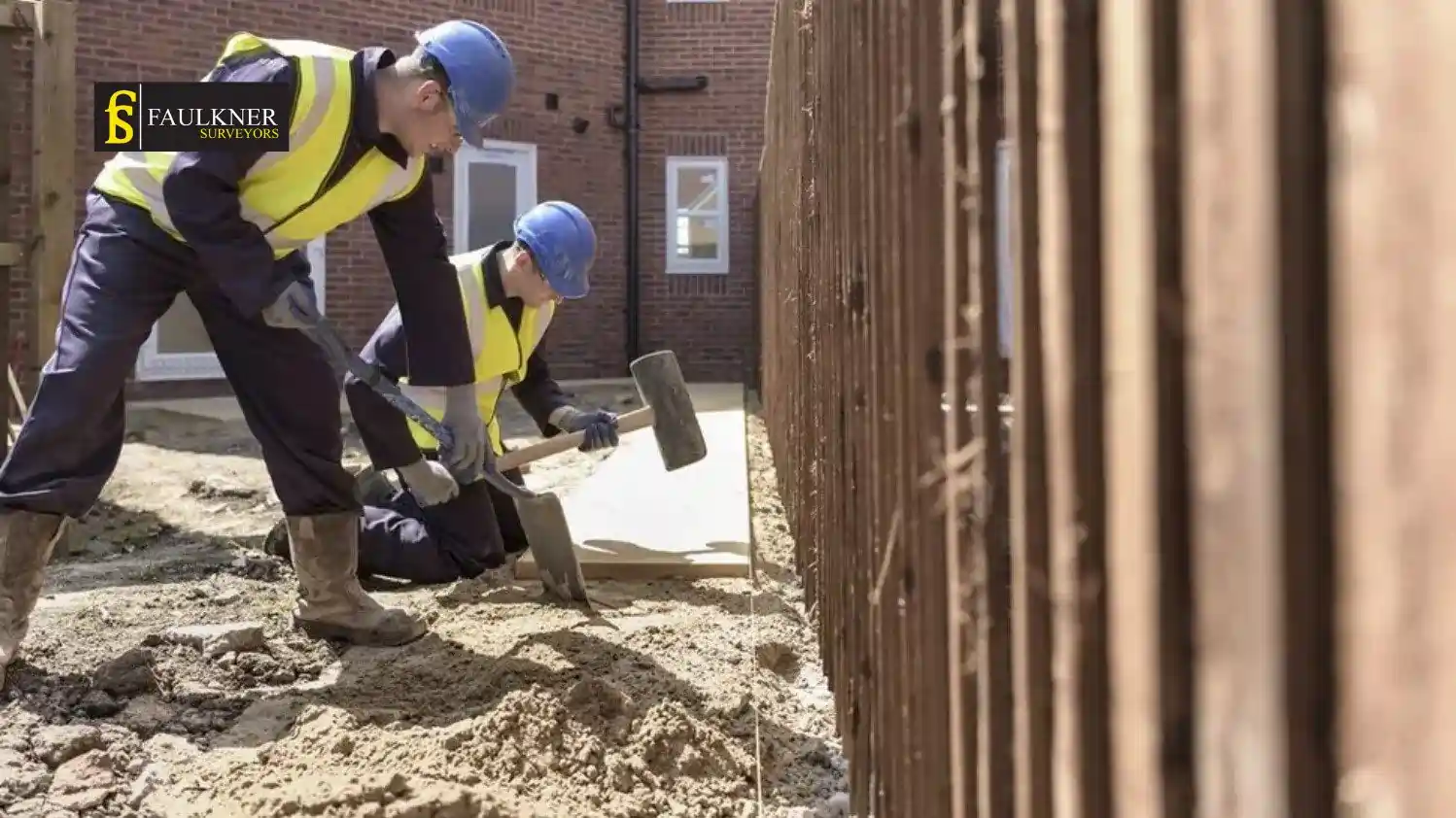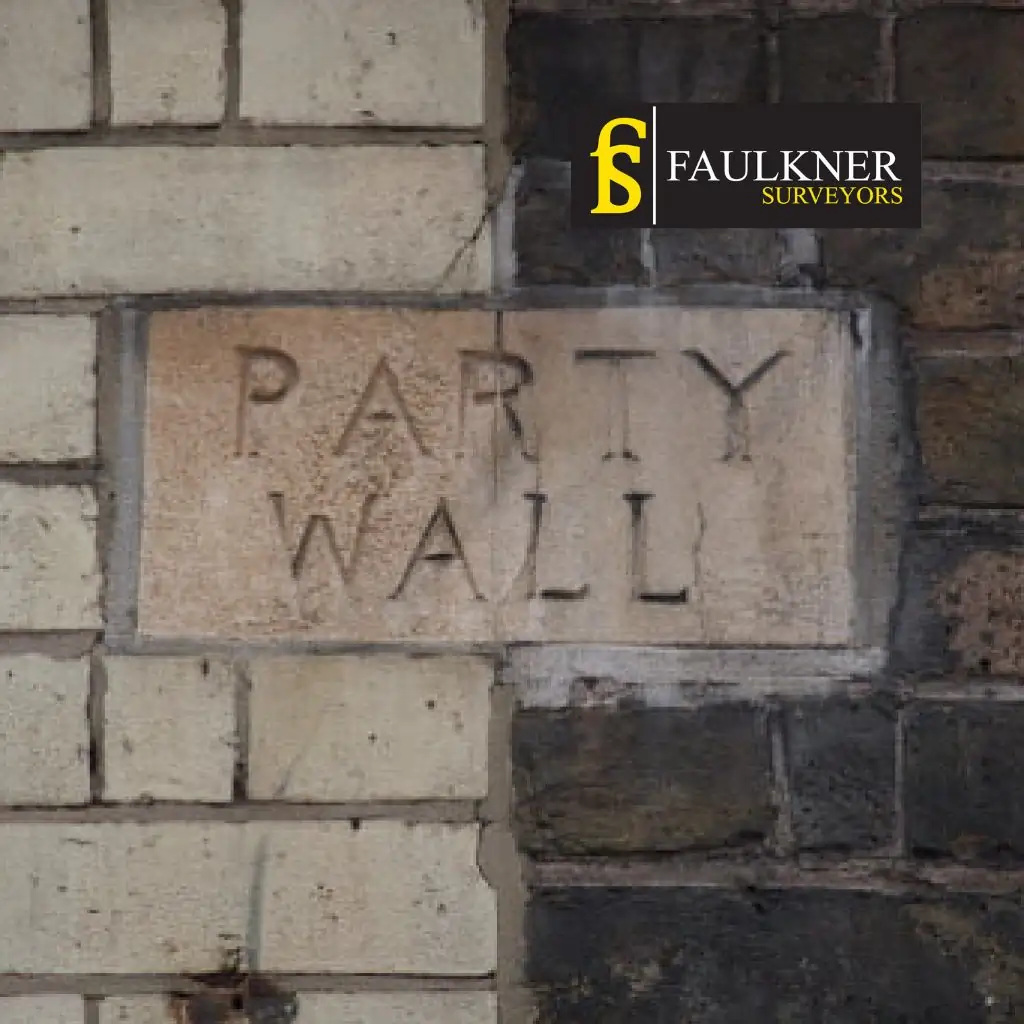When it comes to property lines, not all walls are built the same. The type of wall that separates buildings can, in fact, make all the difference, particularly if you’re looking to carry out any kind of building work on or near to it.
There are a couple of different kinds of party walls – knowing which type you have is crucial for remaining on the right side of the law (and your neighbours). What is the minimum distance between 2 houses?
Whether you’re extending your house, converting your loft or just having it repaired, the kind of party wall between yours and your neighbor’s home is going to a have an impact on the sort of permissions you’re going to need, on the type of notice you will have to serve, and who has to pay for what.
In this guide, we’ll break down the primary types of party walls and how they vary—and why that matters—so you can proceed with your project in confidence, and without conflict.

What a Party Wall, and Why It’s Important for Homeowners and Builders?
A party wall is a wall that stands on the land of two (or more) owners and is used by them. It is most often situated between terraced or semidetached properties. But party walls can also separate flats or even garden walls placed right on the boundary line.
So, why does it matter? Because if you plan to do any building work that would affect this wall – for example, if you’d like to build an extension, carry out a loft conversion or a more innocuous internal renovation – you are legally required to inform your neighbour under the Party Wall etc. Act 1996. It’s a matter of protecting both sides and avoiding future disputes.
At Faulkner Surveyors, we aim to make the entire process transparent, fair and in accordance with the law.
Is That Wall Yours, Mine, or Ours? How to Identify If You Share a Party Wall
It’s not always obvious who owns a wall between two properties. In many cases, it’s a shared structure. If a wall sits right on the boundary and serves both properties (for example, separating two semi-detached homes), it’s considered a party wall.
If the wall is entirely on one side of the boundary, it usually belongs to the person whose land it’s on. But even then, if the neighbour’s building relies on that wall structurally, there might be shared responsibility.
When in doubt, don’t guess. At Faulkner Surveyors, we can inspect the wall and help clarify ownership before any work begins.
What Are the Different Types of Party Walls—and How Do They Impact Your Property Rights?
There are mainly three types of party walls:
- Type A: A wall standing directly on the boundary line, shared by both owners.
- Type B: A wall entirely on one owner’s land but used by the neighbour to support their structure (like a floor or roof).
- Party Fence Wall: A wall (not part of a building) built along a boundary, like a garden wall.
These classifications matter because they determine what permissions you need and how the law applies if you plan to build work. Faulkner Surveyors ensures you understand your rights and responsibilities based on the type of wall in question. See Here Party Wall Vs Boundary Wall
How Is a Type A Party Wall Different from a Type B? (And Which One Do You Have?)
A Type A party wall is shared equally and sits right on the boundary line. Both neighbours legally own it. You can’t alter it without proper notice and agreement.
A Type B wall is on one person’s property, but it supports the neighbour’s structure. While the wall belongs to one party, the neighbour still has rights under the law because their property depends on it.
Knowing which type of wall you have isn’t always straightforward, but it’s crucial for planning work. Faulkner Surveyors can assess your wall and explain exactly what you’re dealing with.
Could the Type of Party Wall You Have Affect Your Renovation or Extension Plans?
Yes, it absolutely can. The type of wall impacts what kind of notice you need to serve, how much access you might need to your neighbour’s property, and even what kind of agreement must be put in place before work starts.
For example, work on a Type A wall often involves shared rights and responsibilities. With a Type B wall, you may need special precautions if your neighbour’s structure is relying on it.
At Faulkner Surveyors, we help you plan properly so you avoid legal hiccups and keep things neighbourly.

What’s the Legal Responsibility for Each Type of Party Wall—And Who Pays for What?
Generally, the person carrying out the work is responsible for the costs involved—including surveys, legal notices, and any damage repairs. But it depends on the type of work and how it affects the shared wall.
With a Type A wall, costs are often shared only if both parties benefit from the work. With a Type B wall, the person doing the work usually covers everything.
At Faulkner Surveyors, we provide clear guidance on cost-sharing and legal duties so there are no surprises down the line.
What do you do in disputes depending on the kind of party wall?
Disputes can arise, however, if neighbours cannot see eye to eye on the kind of wall that should be built, the work that is proposed or who should foot the bill. And here’s where having the right surveyor is everything.
We enter the scene as independent Party Wall Surveyors to gain an understanding of the situation; explain the legal position in plain English and draw up a Party Wall Award if necessary. This document details what work can be performed, when it can occur and what the parameters are — all zeroed in by wall type and property specifics.
Here at Faulkner Surveyors, our role is to keep the lines of communication open and calm and to ensure that the law is adhered to in every step along the way.
When Do You Need a Party Wall Agreement—And Does the Wall Type Make a Difference?
You need a Party Wall Agreement (also called a Party Wall Award) when your work involves a party wall, boundary, or neighbouring excavation. But the type of wall involved does change what kind of notice you have to serve and what protections are needed. Can You Sack a Party Wall Surveyor? A Comprehensive Guide
For example, cutting into a Type A wall or excavating near a Type B wall both require proper notice and possibly an agreement. We help you figure out exactly what’s needed for your situation.
Faulkner Surveyors take care of the paperwork, negotiations, and legal requirements—so you don’t have to worry.

What If You’re Not Sure What Type of Wall You Share With Your Neighbour?
First off: don’t make assumptions. And it’s easy to mess it up, which can result in delays or legal trouble.
If you aren’t sure whether a wall is shared or solely yours, it’s wise to seek a professional opinion before commencing any work. At Faulkner Surveyors we can examine the wall, check boundary lines and clarify your rights.
It’s a lot less hassle to get it right up front. And we’re here to facilitate every bit of the way.
For Further Information Please Call Us Today 03300100262
